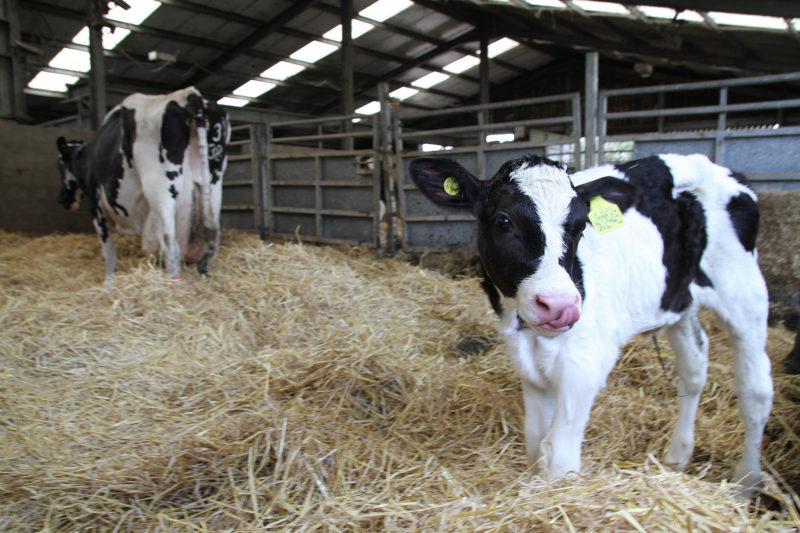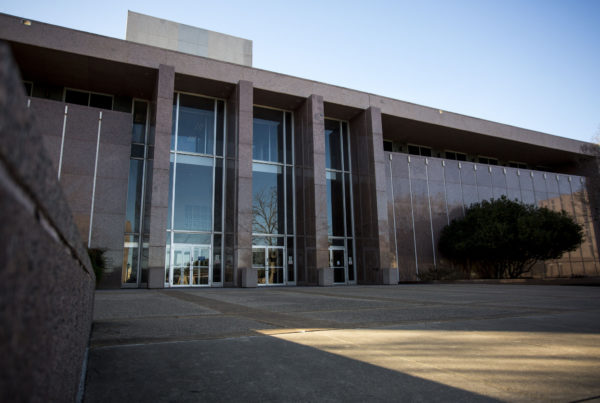Texas cattle are known more for their beef than their milk. That’s for good reason – the Lone Star State is the country’s leader in beef production by a wide margin.
But don’t count out Texas dairy. Milk production is on the rise in the state, and that’s thanks in part to a move west. Ellen Jordan, a professor and dairy specialist at the Texas A&M AgriLife Extension Service, says the Texas produces over 12 billion pounds of milk.
“Which means we’ve got about $2 billion in milk value on the farm,” she says. “Our producers rank sixth in the nation currently, but probably we’ll move up to fifth in the nation after we get in the final numbers from 2017.”
But the change isn’t just about Texas producing more milk. There’s also been a shift in where that milk is produced.
“What’s happened is east Texas had a lot of grass that they grew, and we had very small farms there,” she says. “They also had 50 inches of rainfall, which the cows didn’t care for that at times because of course it could get muddy. In July and August, it was droughty, so then there wasn’t any grass.”
She says that’s why the industry has been moving progressively west since around 1980.
“Now, nine of our top 10 counties are out in the Panhandle,” she says, “with about 68 percent of our milk produced in those counties.”
Jordan says the cows like the area for the weather – they use less energy to stay cool in the summer and warm in the winter.
“For a cow, her ideal temperature range is from 30 degrees to 70 degrees,” Jordan says.
Since dairy moved west, Jordan says that urban sprawl has stretched out in east Texas.
“There is still a dairy industry there, it just has shrunk in size,” she says. “And the same goes for Central Texas.”
Jordan says that, in the dairy business, they’re always looking for a place where they’re welcome, where there’s space available, and where the cows are happy.
Written by Jen Rice.
















